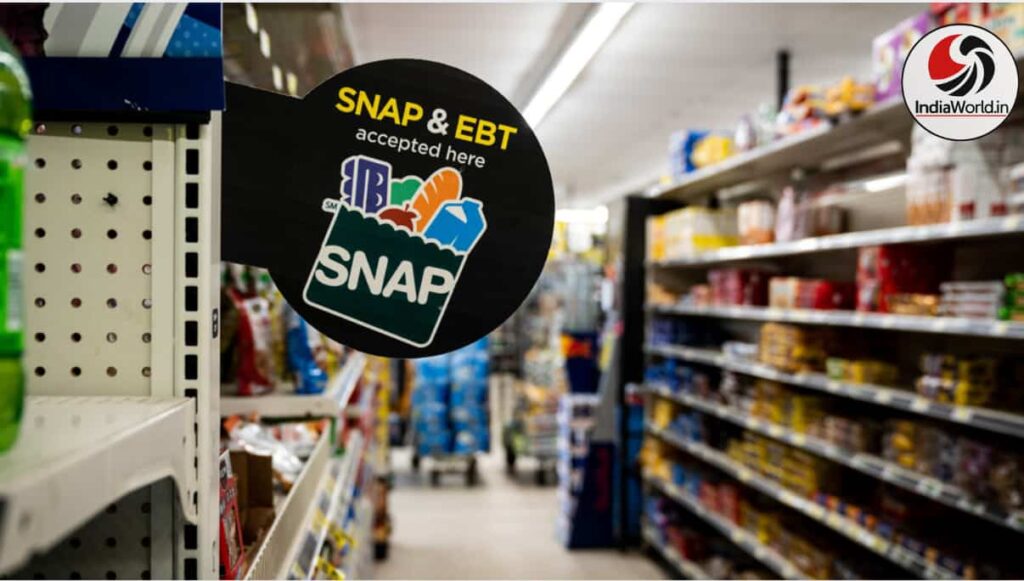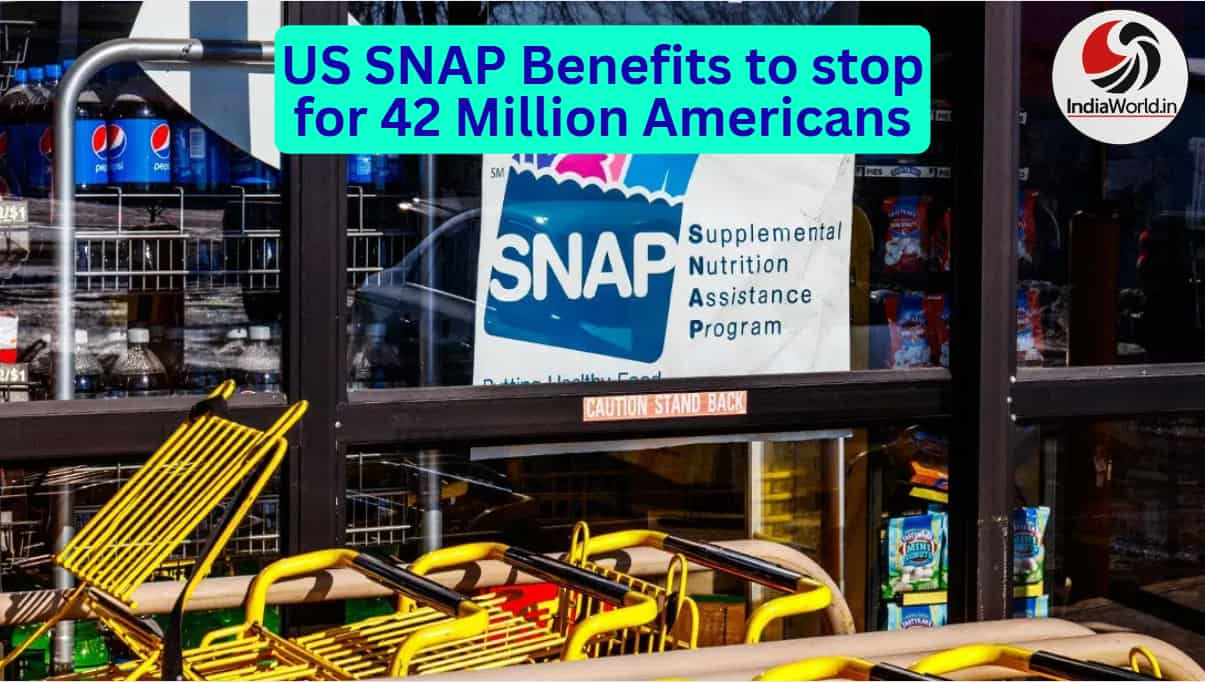The ongoing US government shutdown in 2025 is creating a crisis for many families. Indeed, millions of Americans could lose their food stamps next month. This issue stems from the federal government’s funding lapse that began on October 1, 2025. Consequently, the Supplemental Nutrition Assistance Program, or SNAP, faces serious risks. So, what does this mean for everyday people? Let’s break it down in a clear and simple way.
What Is SNAP and Why It Matters
First, SNAP is a lifeline. It helps low-income families buy food. About 42 million people, or one in eight Americans, rely on it each month. The average benefit is roughly $188 per person. However, the shutdown is draining funds fast. Agriculture Secretary Brooke Rollins warned that SNAP could run out of money in just two weeks. Therefore, November benefits are in serious jeopardy.
Political Standoff Fuels the Crisis
Moreover, the shutdown isn’t just about money—it’s about politics. Rollins, speaking at the White House, said, “You’re talking about millions and millions of vulnerable families, of hungry families that are not going to have access to these programs because of this shutdown.” She blamed Democrats for prioritizing their agenda over food security. On the other hand, Democrats argue Republicans refuse to negotiate a spending deal that includes extended Obamacare subsidies. As a result, the stalemate continues, leaving families caught in the crossfire.
Funding Shortfall Hits Hard
Now, let’s talk numbers. SNAP has a contingency fund of about $6 billion. But November benefits alone cost around $8 billion. So, there’s a gap. The US Department of Agriculture (USDA) already told states to pause November payments. A senior official confirmed funds will dry up soon. Consequently, even partial payments are uncertain. This shortfall threatens to disrupt food access for millions.
States Face Tough Choices
In addition, states are scrambling. For instance, New York Gov. Kathy Hochul slammed the Trump administration. She called the decision to halt benefits “deliberate and unprecedented.” It’s designed to hurt families, she said. Meanwhile, 17 states, including California and Florida, stopped accepting new SNAP applications. Their systems can’t separate October and November payments easily. Other states, like Texas and Pennsylvania, face similar hurdles, with no clear fix in sight.
Lessons from Past Shutdowns
Furthermore, this isn’t new. During the 2018-2019 shutdown, the longest in history, SNAP faced similar risks. Back then, the USDA found a workaround to cover February benefits. But it needed the shutdown to end quickly. Today, with Thanksgiving nearing, the stakes are even higher. Families rely on SNAP for holiday meals. And food pantries can’t handle the extra demand alone.
Other Programs Feel the Pinch
Besides SNAP, other nutrition programs are struggling. The Women, Infants, and Children program (WIC) serves nearly 7 million people, including pregnant women and young kids. It nearly ran out of funds earlier this month. However, the Trump administration redirected $300 million in tariff revenue to keep WIC going. But that money won’t stretch to SNAP. A USDA official told CNN there’s not enough left to cover November’s benefits.
Real People, Real Struggles
On top of that, federal workers are hurting too. Many won’t get paychecks soon. One worker told CNN, “This shutdown is taking food off my table.” They face tough choices between groceries and bills. This ripple effect hits local economies hard. SNAP dollars generate $1.50 in economic activity for every dollar spent. So, cuts hurt stores, farmers, and communities.

Voices of Advocates and Communities
Additionally, advocates are sounding alarms. Gina Plata-Nino from the Food Research & Action Center emphasized SNAP’s role. “Food stamps provide critical assistance to families who need the help to be able to eat,” she said. Similarly, Ty Jones Cox from the Center on Budget and Policy Priorities urged action. “We can’t let households who need help purchasing food become another casualty of this shutdown,” she noted. Communities, especially in places like Southwest Virginia and Colorado, are bracing for more demand at food banks.
Social Media Reflects Public Frustration
Moreover, social media shows the tension. On X, users blame both parties. One post claimed Democrats are voting to extend the shutdown, risking Thanksgiving meals. Another warned of “food riots” if benefits stop. But facts confirm October benefits are safe; November is the real concern. These posts highlight the fear and uncertainty many feel.
What You Can Do to Help
So, what can people do? First, check your state’s SNAP agency for updates. If eligible, apply for benefits now. Stock up on essentials without panic buying. Support local food drives to help neighbors. And contact your lawmakers—urge them to resolve this crisis. Your voice matters in pushing for a solution.
The Path Forward
In conclusion, the 2025 government shutdown puts SNAP at risk for 42 million Americans. With November approaching, time is running out. Families shouldn’t suffer because of political gridlock. As advocates say, protecting the vulnerable must come first. If the shutdown ends soon, benefits can continue. But delays mean hunger for many. Stay informed, take action, and advocate for change.
CNN: Government Shutdown Puts SNAP at Risk
- NY Times: Food Stamps Threatened by Shutdown
- ABC News: Shutdown Impact on SNAP
- FRAC: Shutdown and SNAP Benefits









